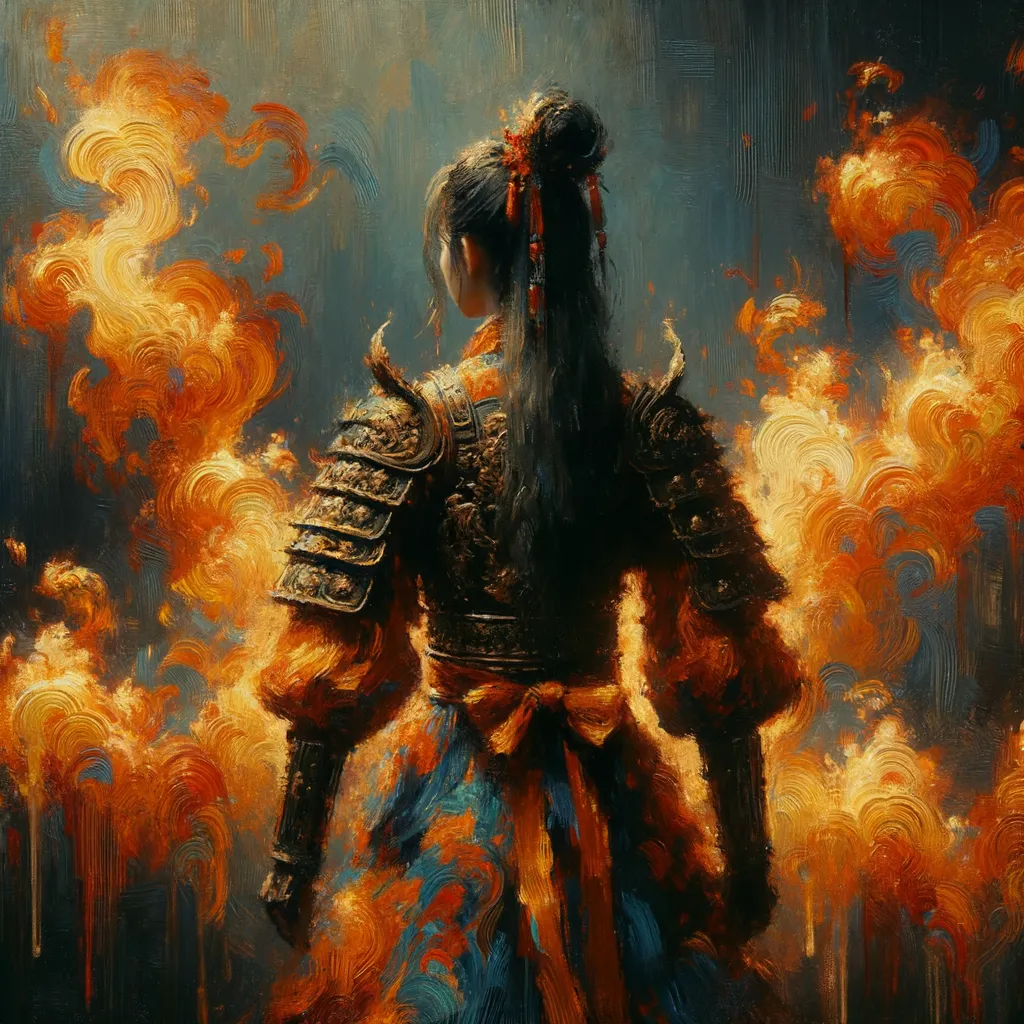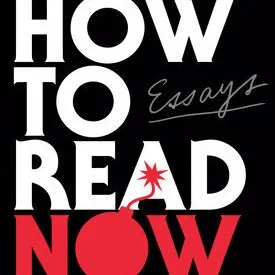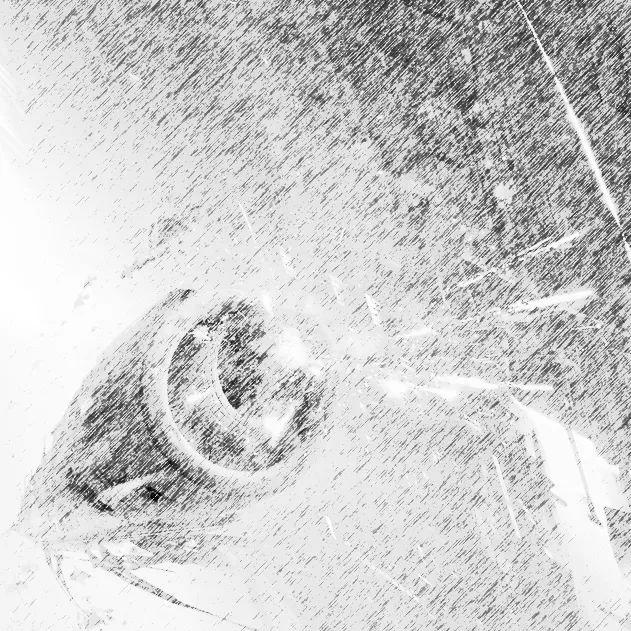I was quite impressed with this short story by Tomas Hachard that appears in the Summer Reading issue of The Walrus. As the title indicates, it takes place in the future, and features a young girl named Clarissa who dives into an online historical archive, where she finds a journal of a girl living in our present day.
The future society that Clarissa lives in is rebuilding after a climate catastrophe called “the Deluge,” and the journal gives her a glimpse of life before the disaster: the people of that time didn’t know what would soon befall them, and they existed in a mentality split between fear and denial. Sound familiar?
But all is not well in Clarissa’s future either; as the story progresses, she starts to see the same signs of impending doom that she’s reading in the journal, and the two narratives kind of blend together in a way that I started to be confused about which was which, in a good way.
This story really triggered my climate anxiety, especially as I was reading it at around the same time as some horrendous flooding in Toronto.
The cyclical nature of the story is really effective in creating an ambivalent sense of the future. On the one hand, humanity has persisted, after the Deluge, and life seems to be relatively normal. But on the other hand, they don’t seem to have learned enough lessons from the disaster to prevent it from happening again.









